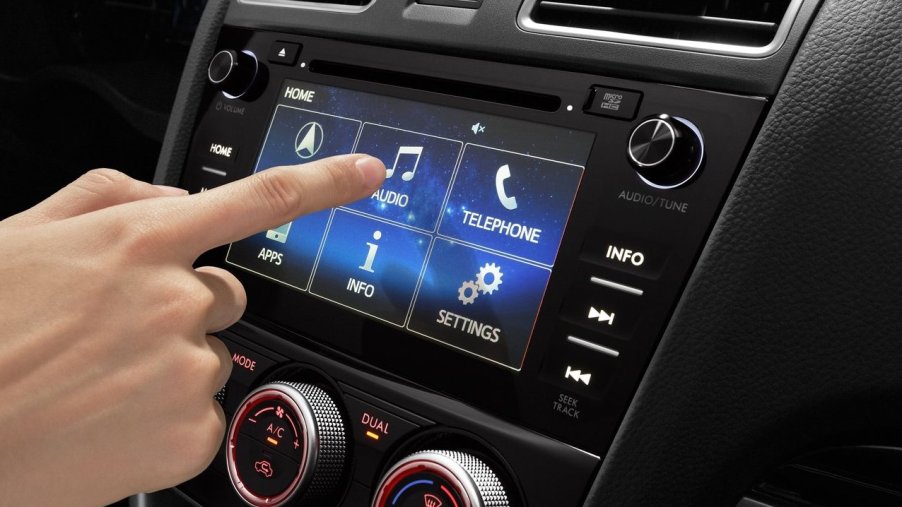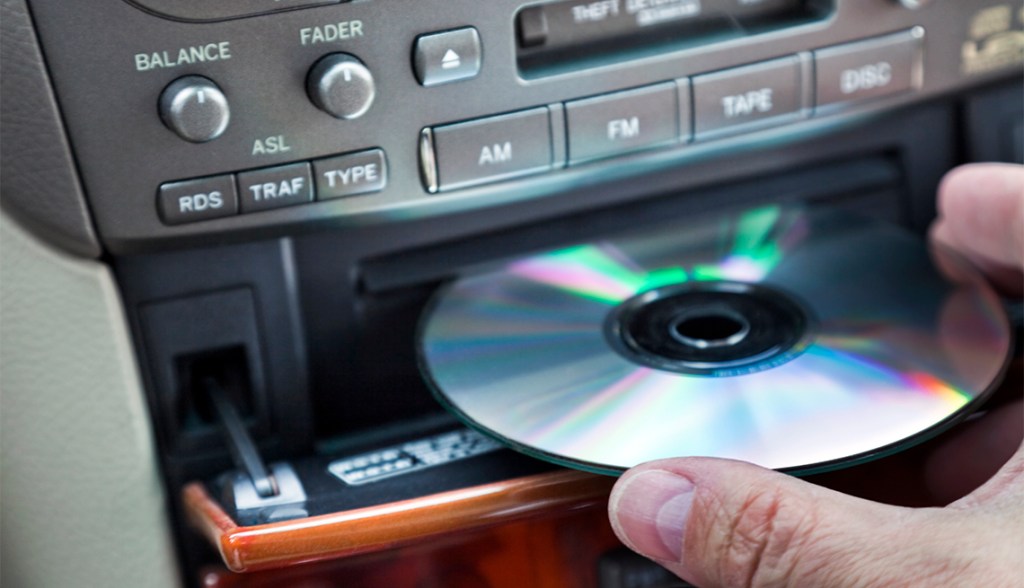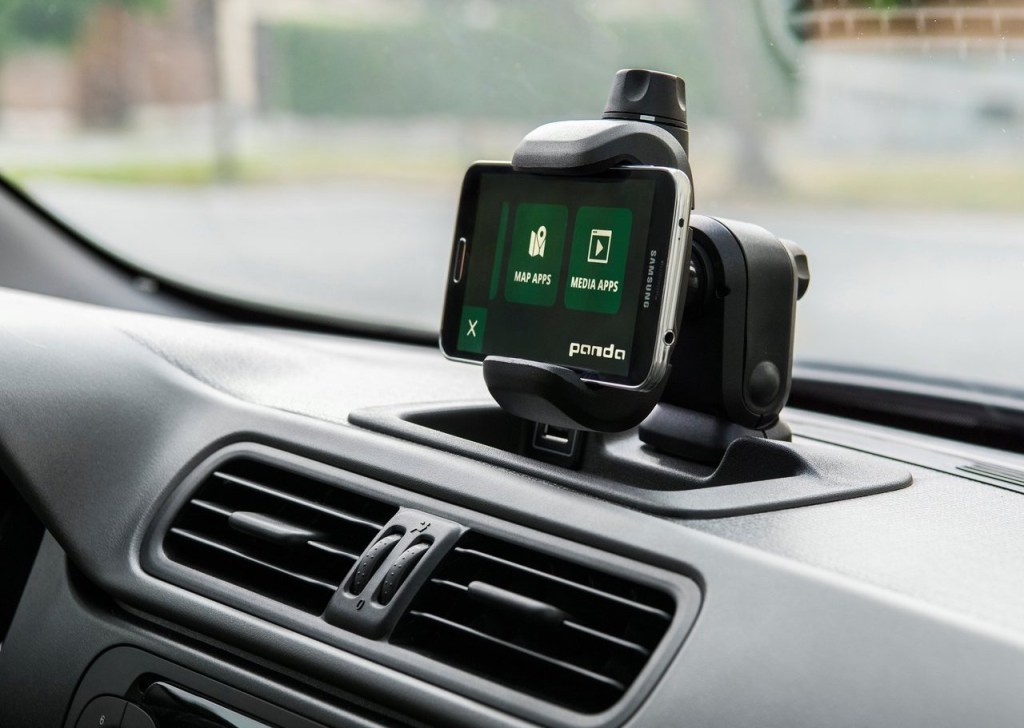
What Finally Made CD Players in Cars Extinct?
Do you remember compact discs? Those little round, shiny things that played songs and contained whole albums from music artists? Yeah, they are a distant memory for us, too. Not just because no one really uses them anymore, but also because CD players have been showing up less and less in new cars as the model years go on. While you still can get them in some new models, let’s see why CD players are ultimately on their way out.
CDs were optional

Technology has its own form of Darwinism in the sense that whichever technology platform is the most popular is the one that survives. Cassette decks used to be prevalent in cars in the 80s and well up through the 90s, when CDs finally became popular. In fact, at one point in time, a CD player was actually a high-dollar option on the accessories list when you purchased a car and if you really had money, you could swing for the CD changer, which typically held 6 discs.
After the turn of the century, however, portable digital music players, like Apple’s iPod, became popular and 3.5mm auxiliary input jacks in the car were the next best thing. Being able to play your own music – which you may or may not have downloaded illegally – completely replaced the need to fiddle with that expansive sun-visor-strapped CD holder or the need to look around your car at stoplights for that Hootie and the Blowfish album that fell on the floor.
That lasted until around 2010 when the dawn of a new era began with the introduction and popularity of Bluetooth.
Bluetooth

When Bluetooth stated to get more prevalent in cars and smartphones started getting smarter, the need for a portable music player and an auxiliary cord quickly became a thing of the past. It’s hard to say when exactly it all started, but there was a time when factory-installed Bluetooth was an additional accessory.
Taking look at this NBC News article from 2008, the Nissan Sentra was available with a Bluetooth option for an additional $650 and Ford’s SYNC was a new feature, which cost an additional $395 if you wanted it added to your new Ford Focus. Otherwise, there was strong aftermarket support, however, those Bluetooth add-on devices weren’t ever really that great.
Apple Carplay and Android Auto
Around 2015 to 2016, Apple Carplay and Android Auto started making their way into cars, albeit with the need for a USB cable. These systems enable you to plug in your Apple iPhone or Android phone into your car’s USB port and control various infotainment and communication applications from your phone right on the car’s digital display. These applications are much more interactive than just using a Bluetooth connection alone and negate the need to look at your phone while driving to change songs or navigate through applications.
Technology took over
In the end, it was the steady progress of technology that killed the CD player. They are still available in some new cars on the market today, however, we don’t expect them to be around for that much longer. After all, who really wants to mess with CDs when you can be your own personal DJ or jukebox at the touch of a button?



